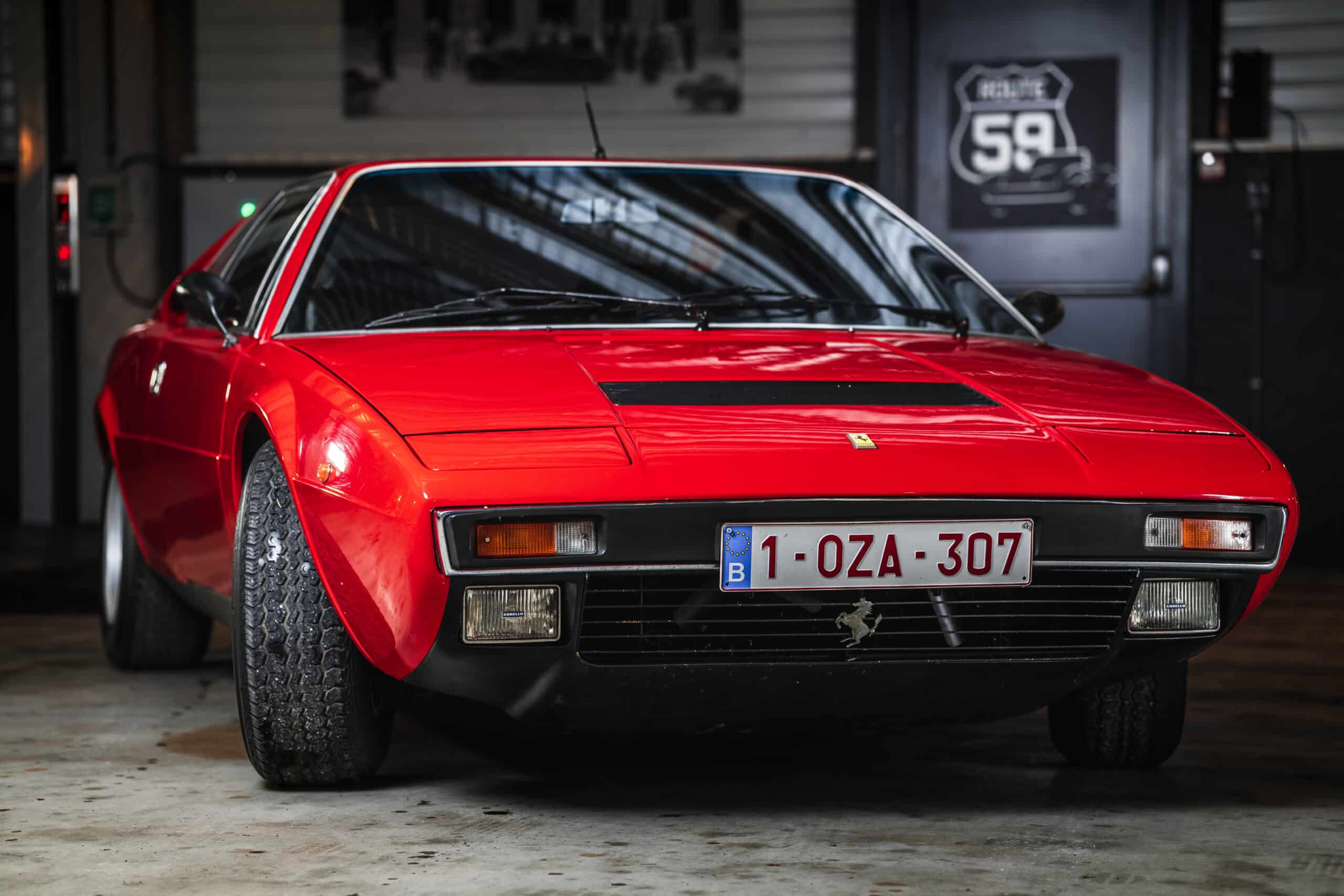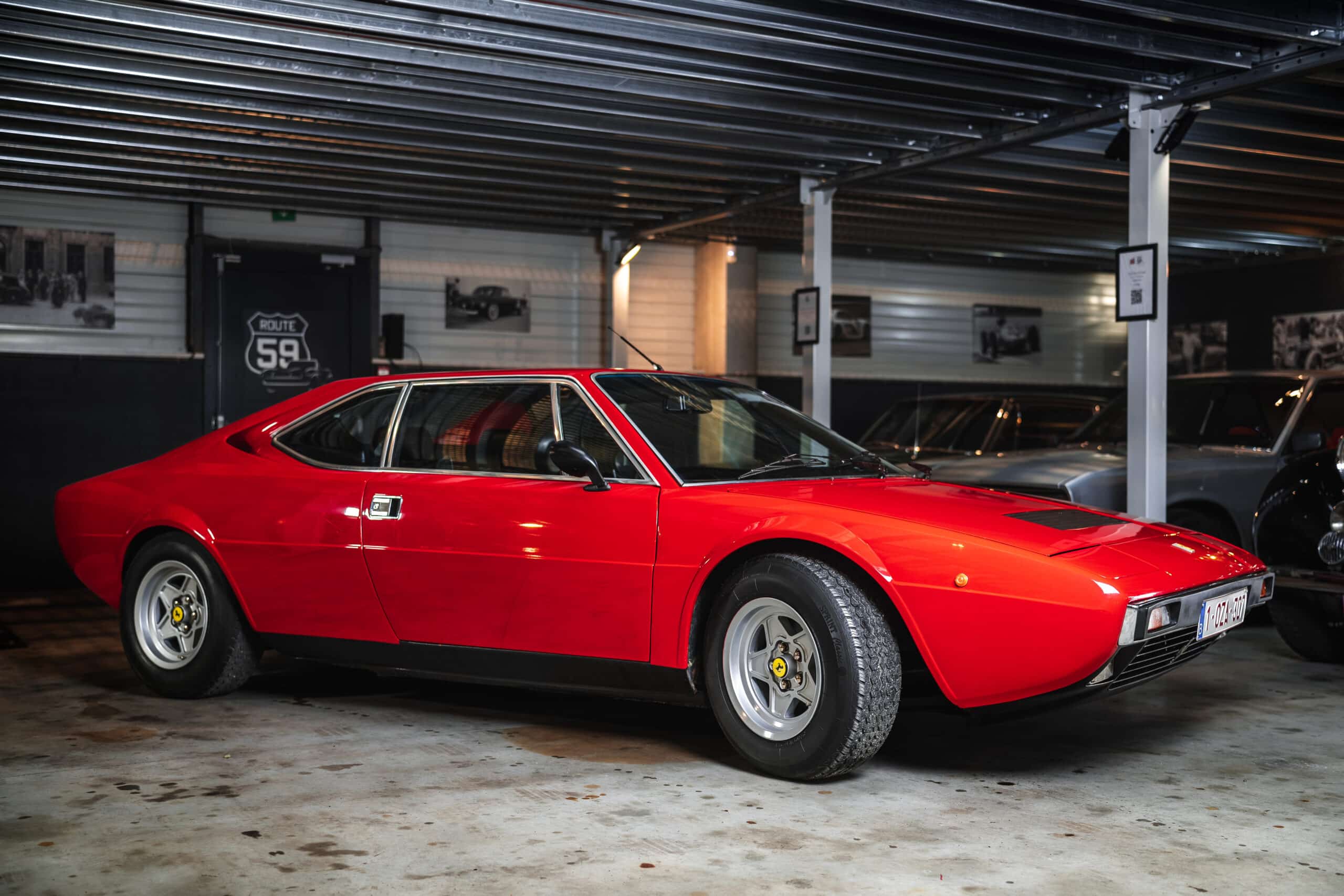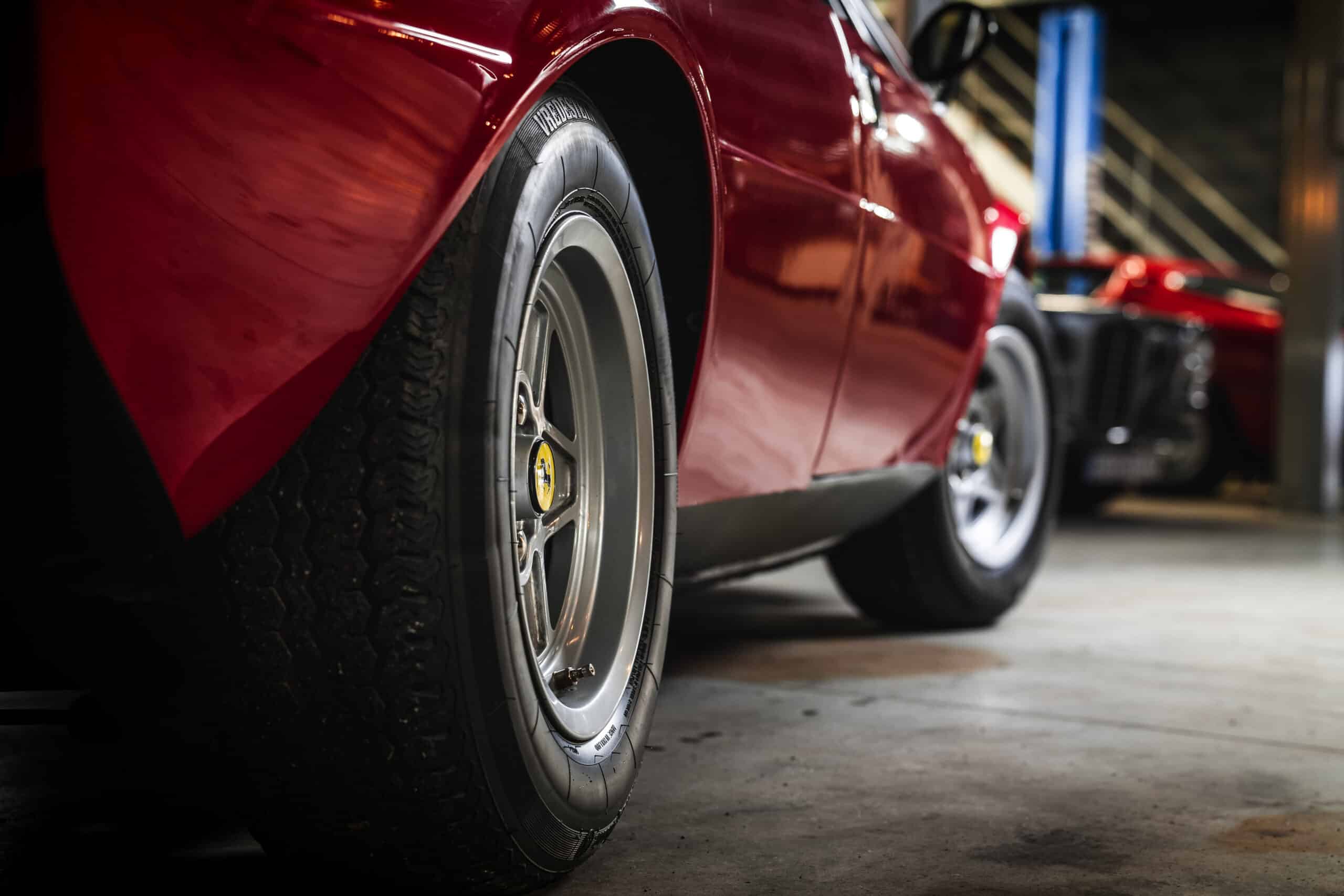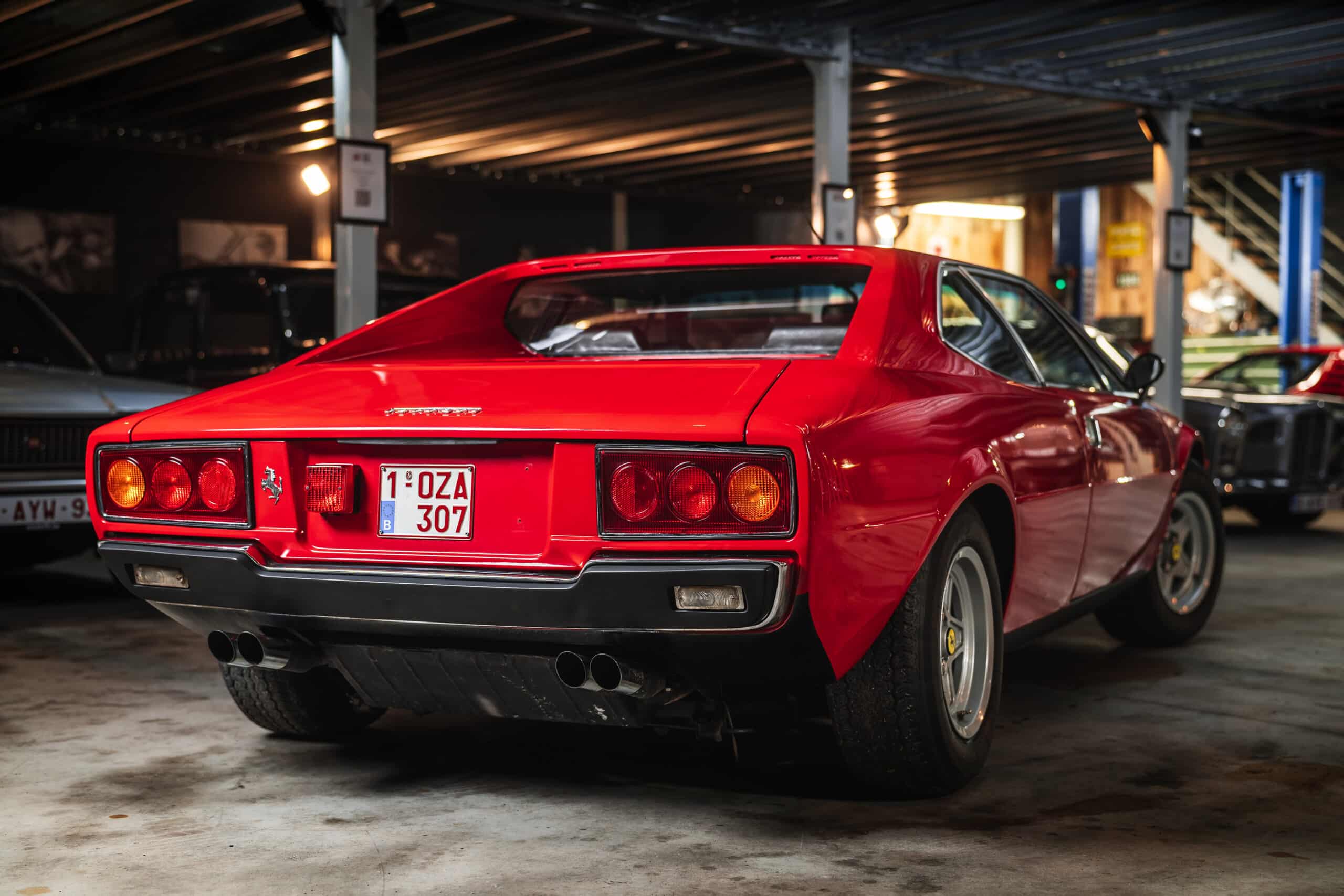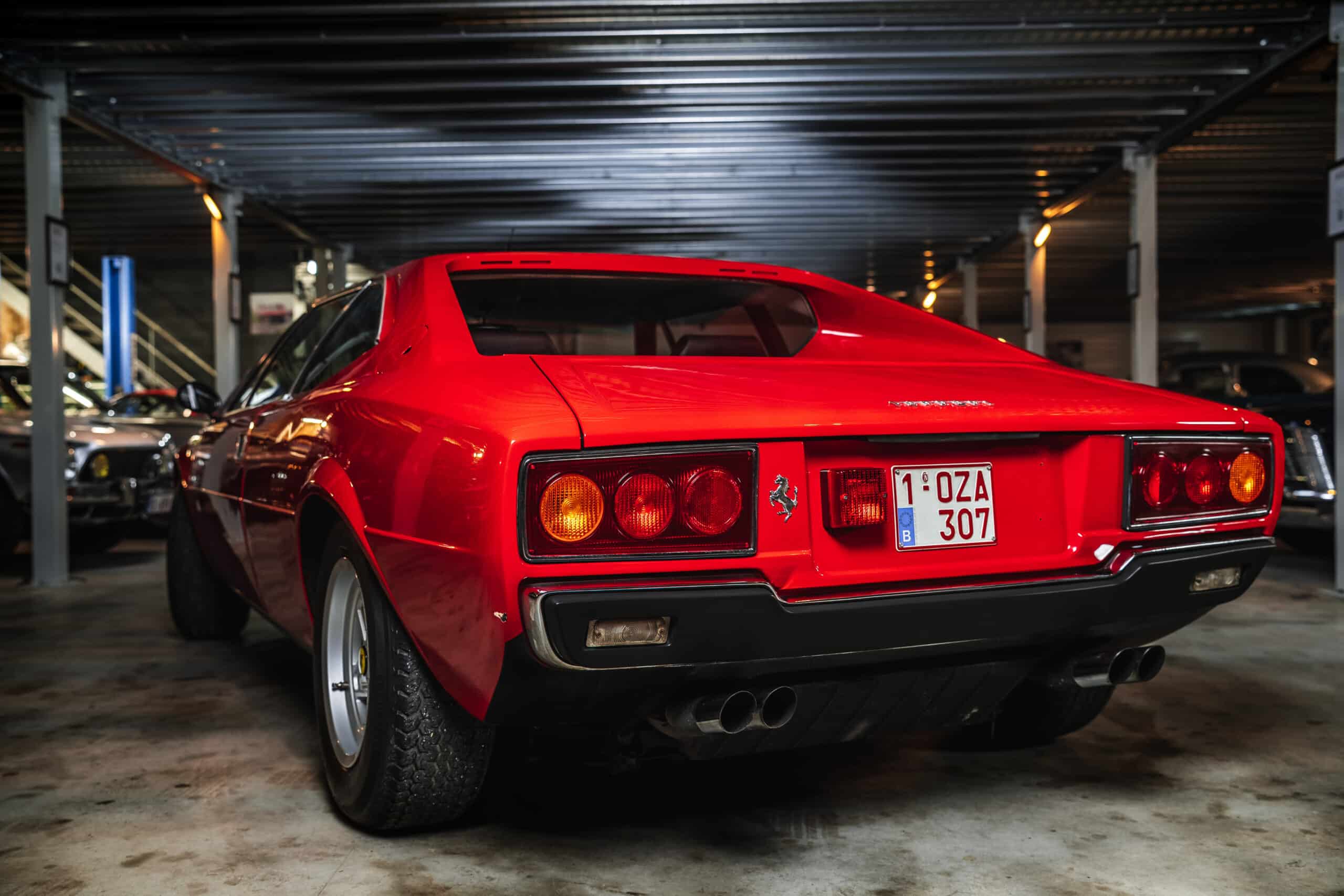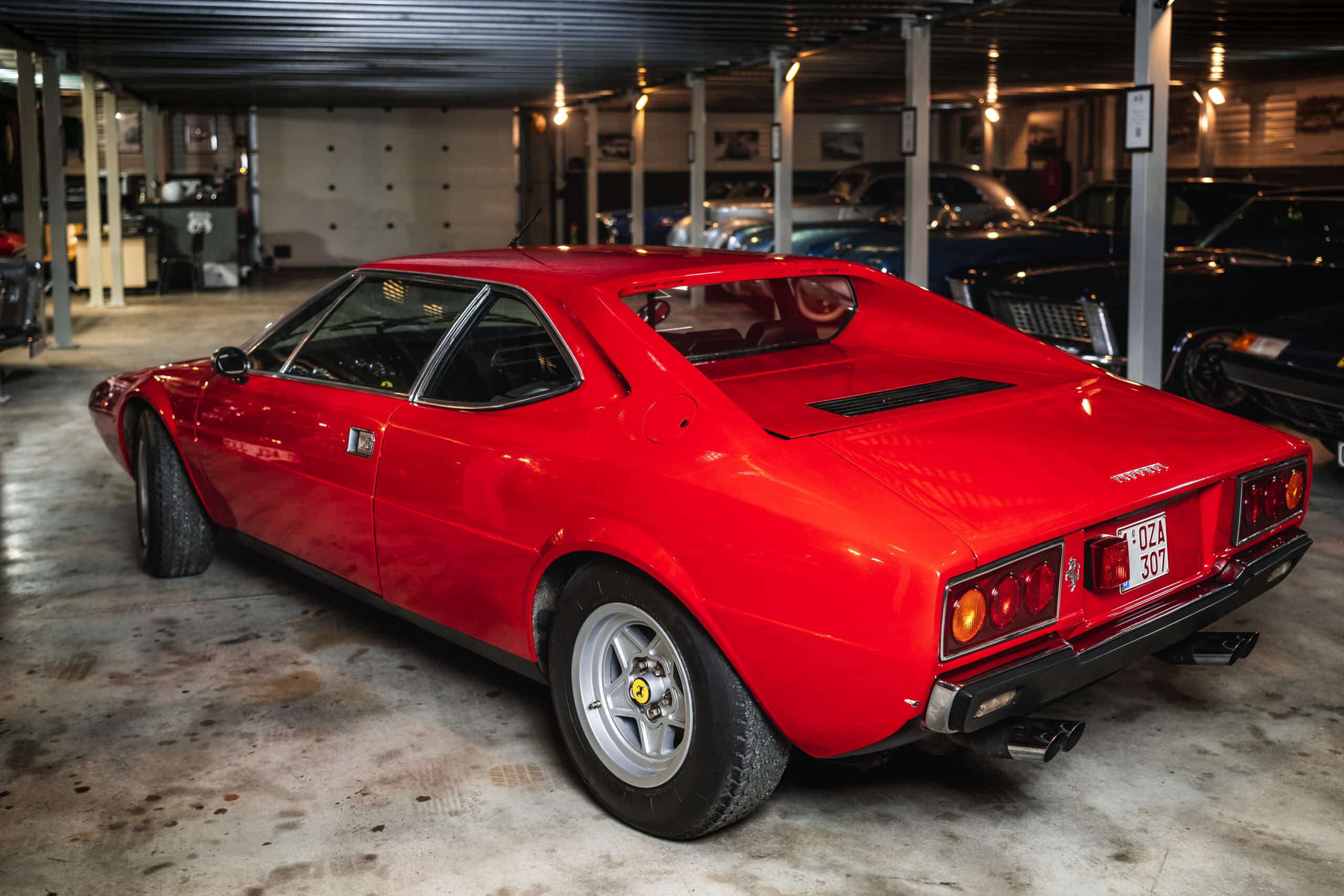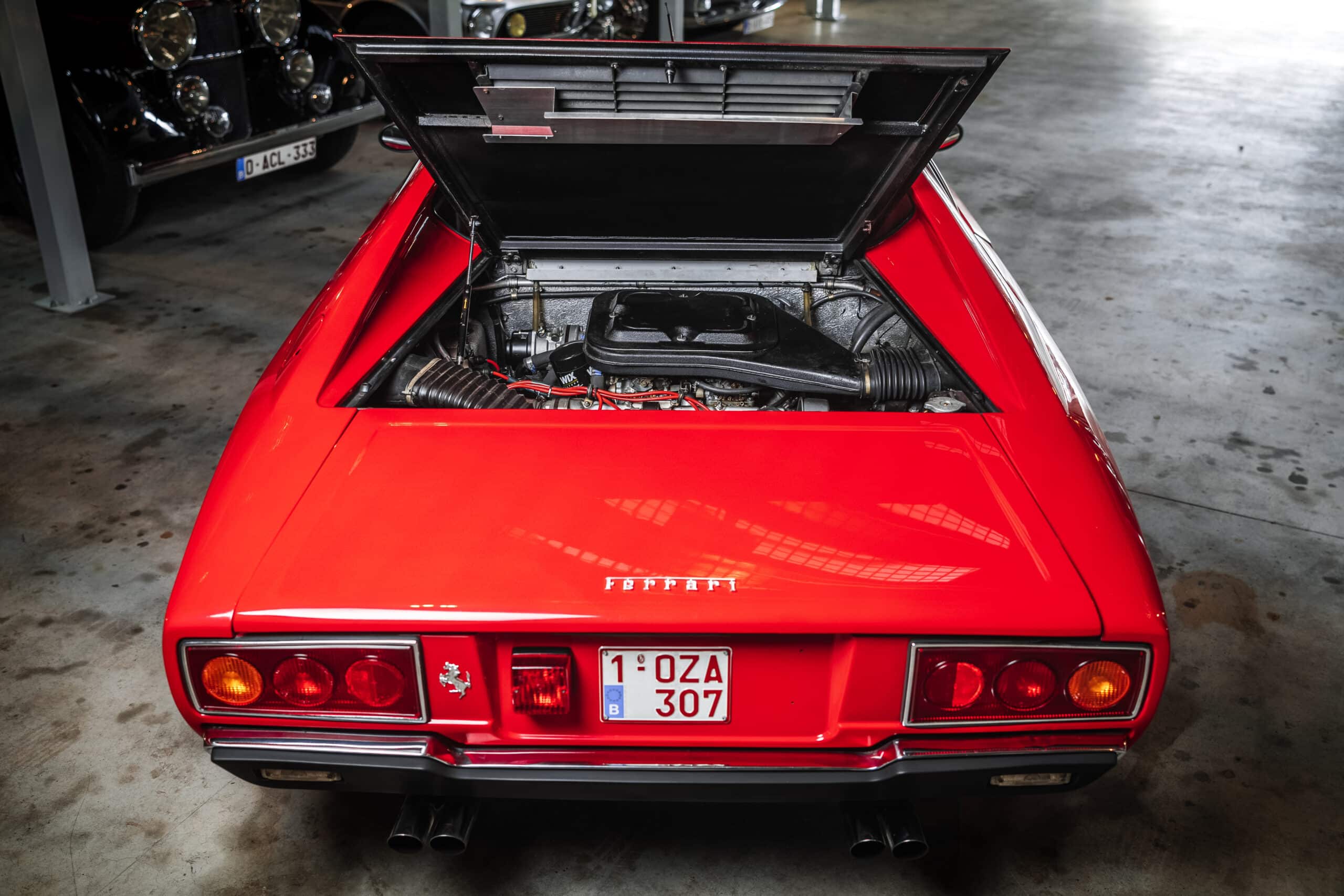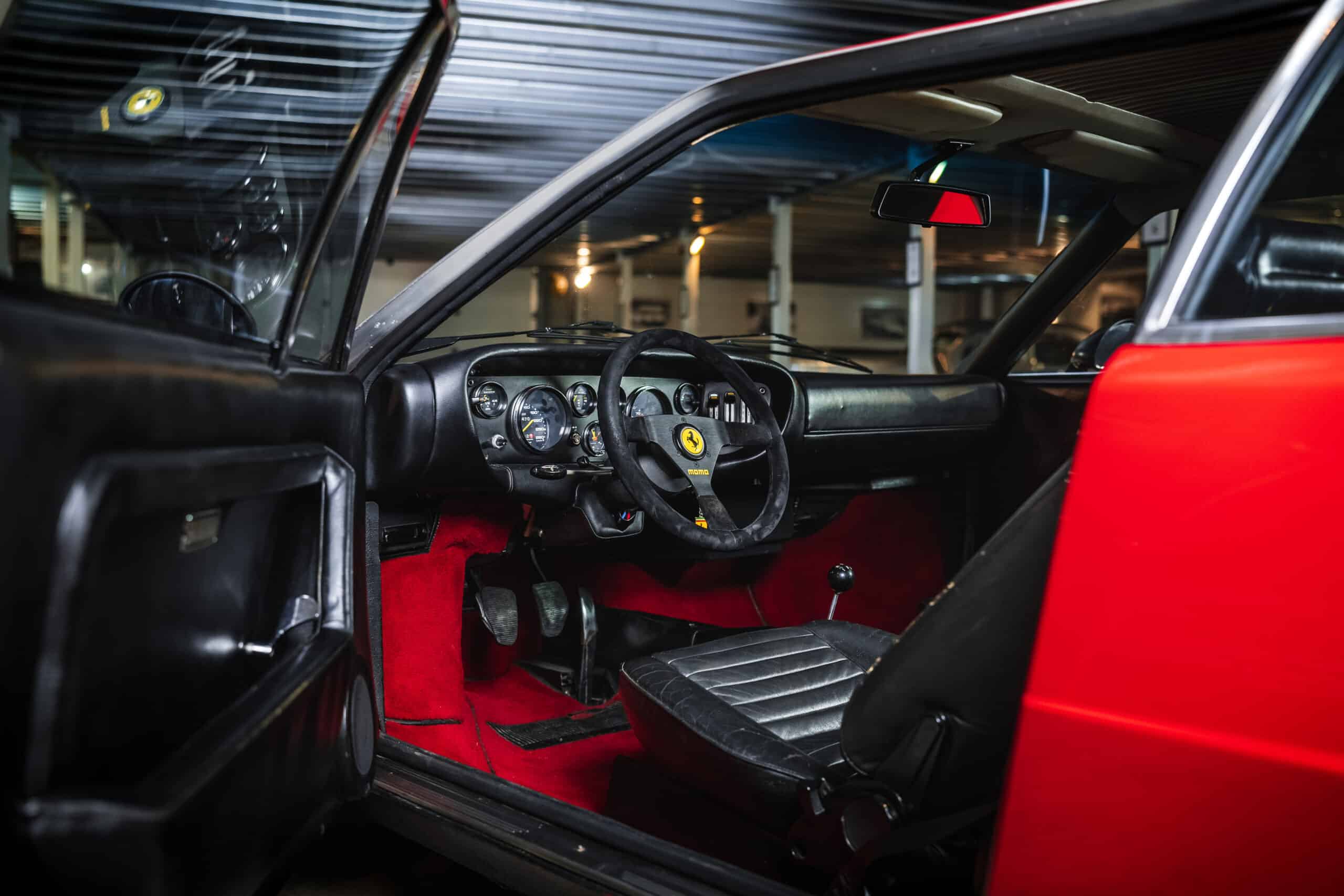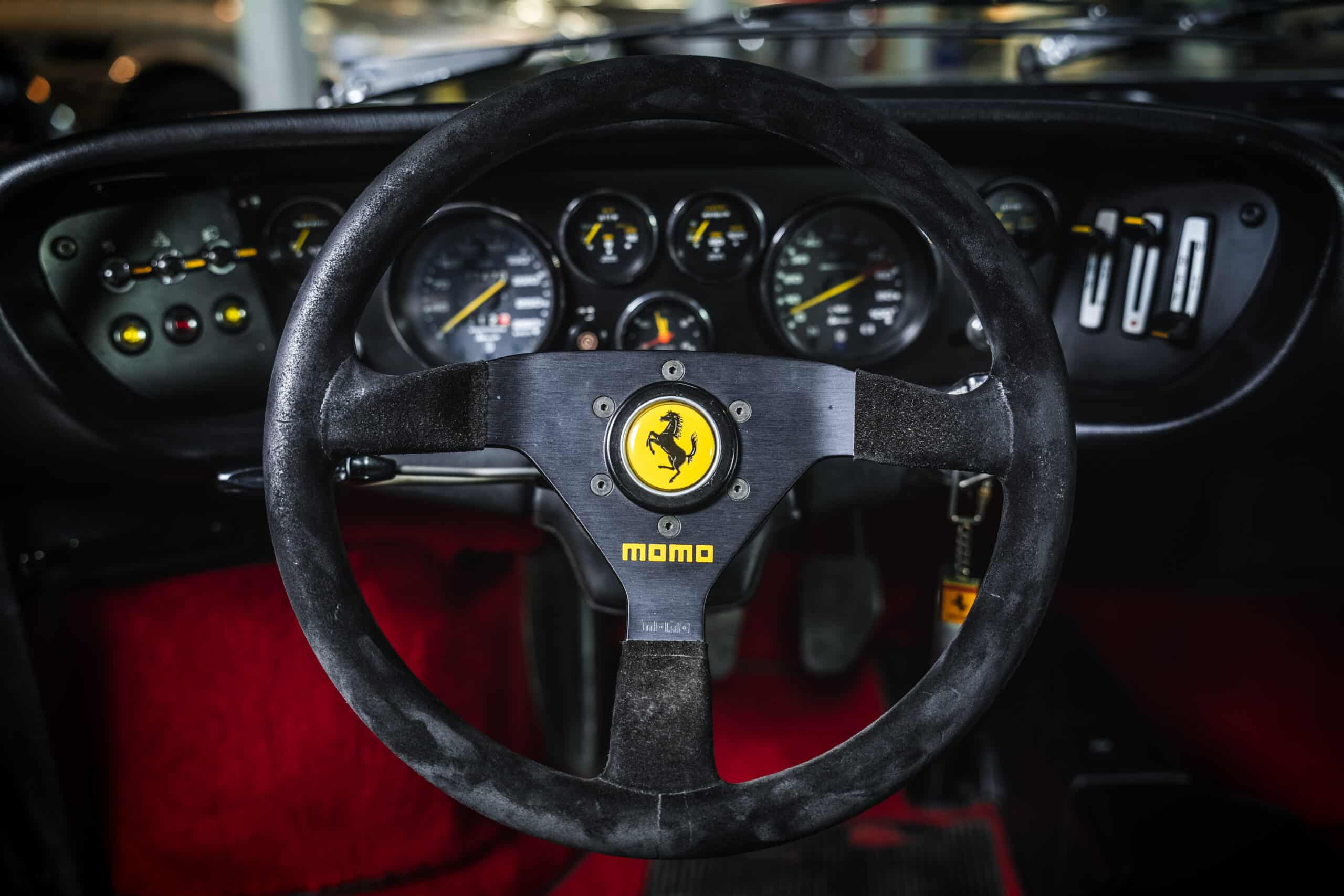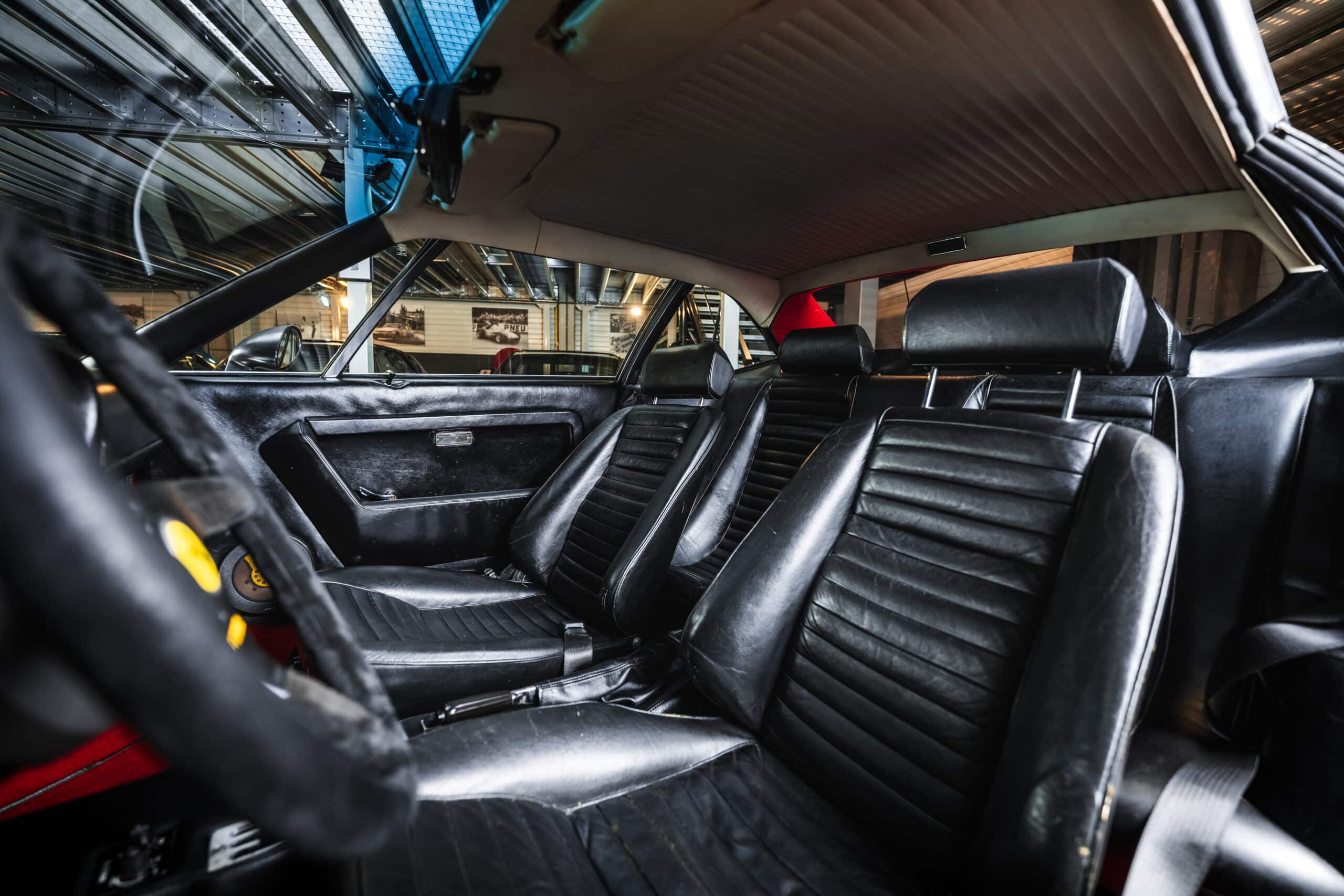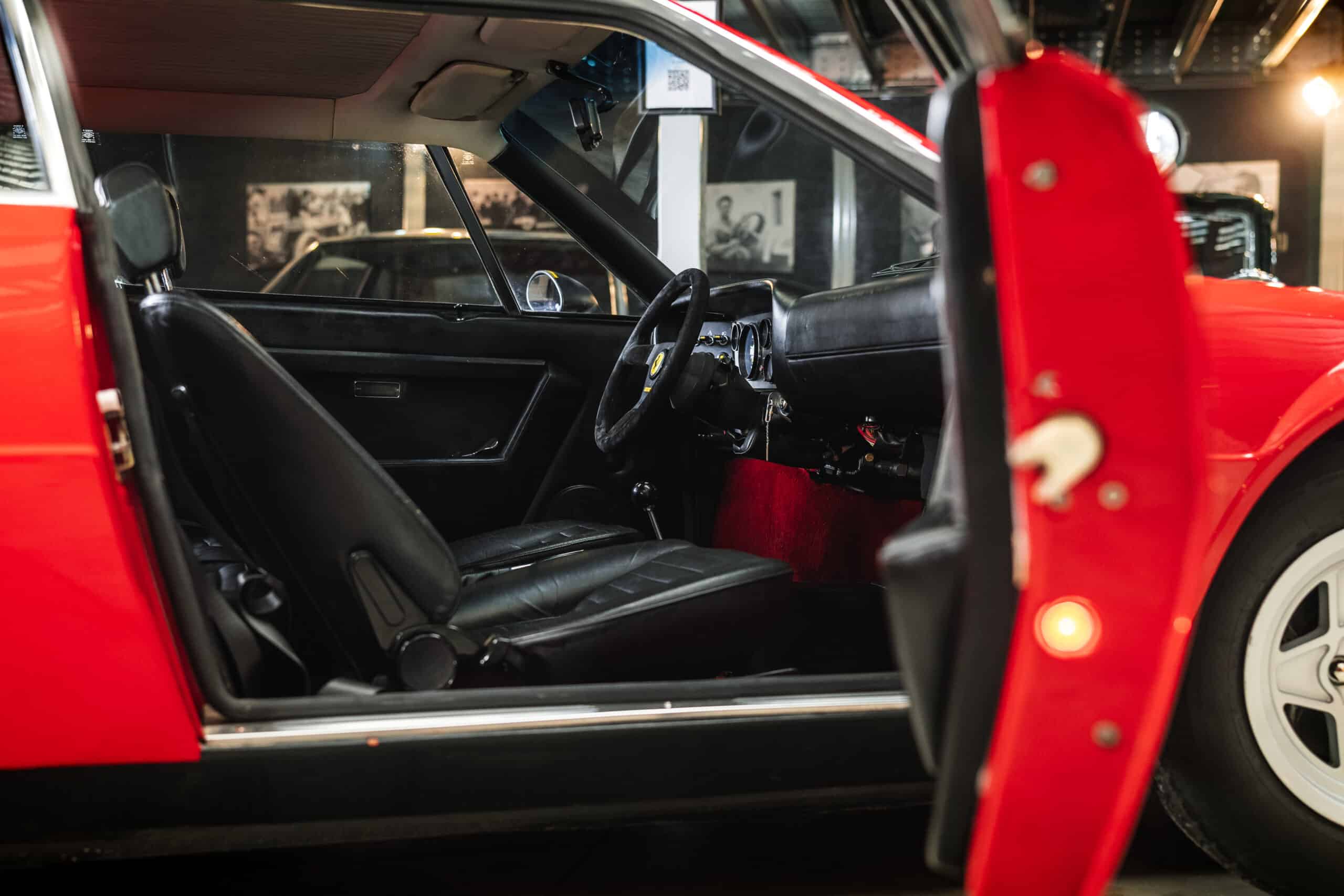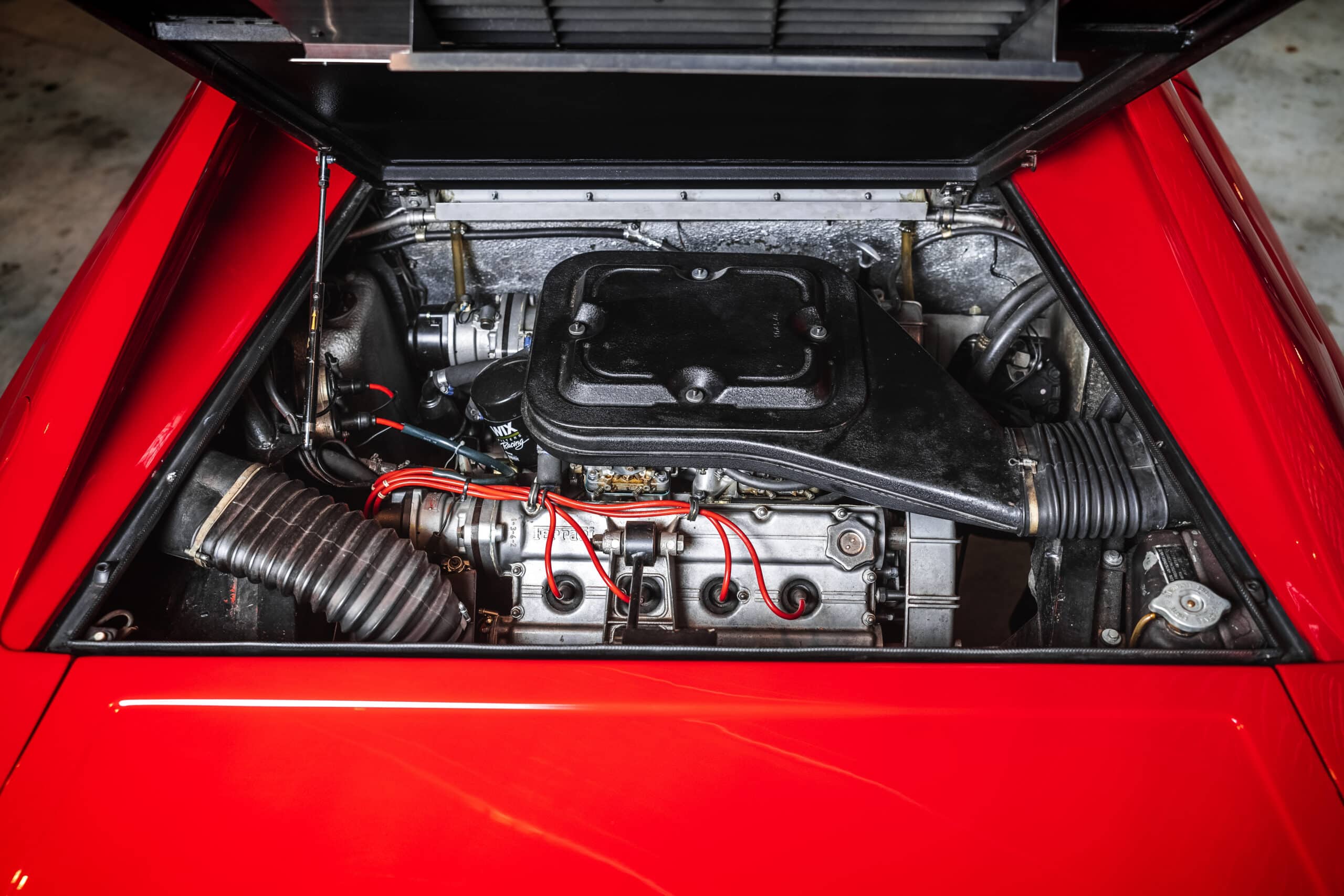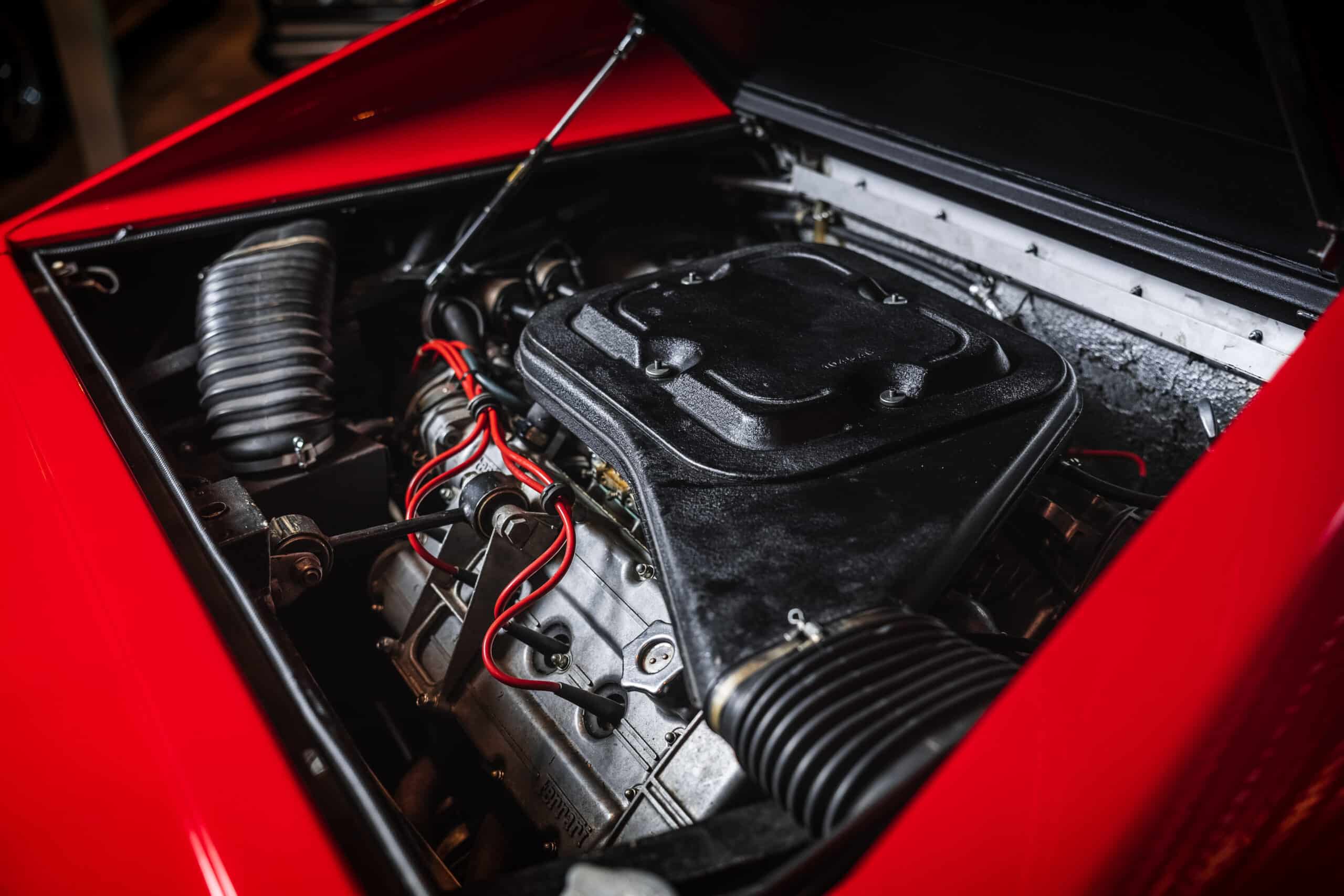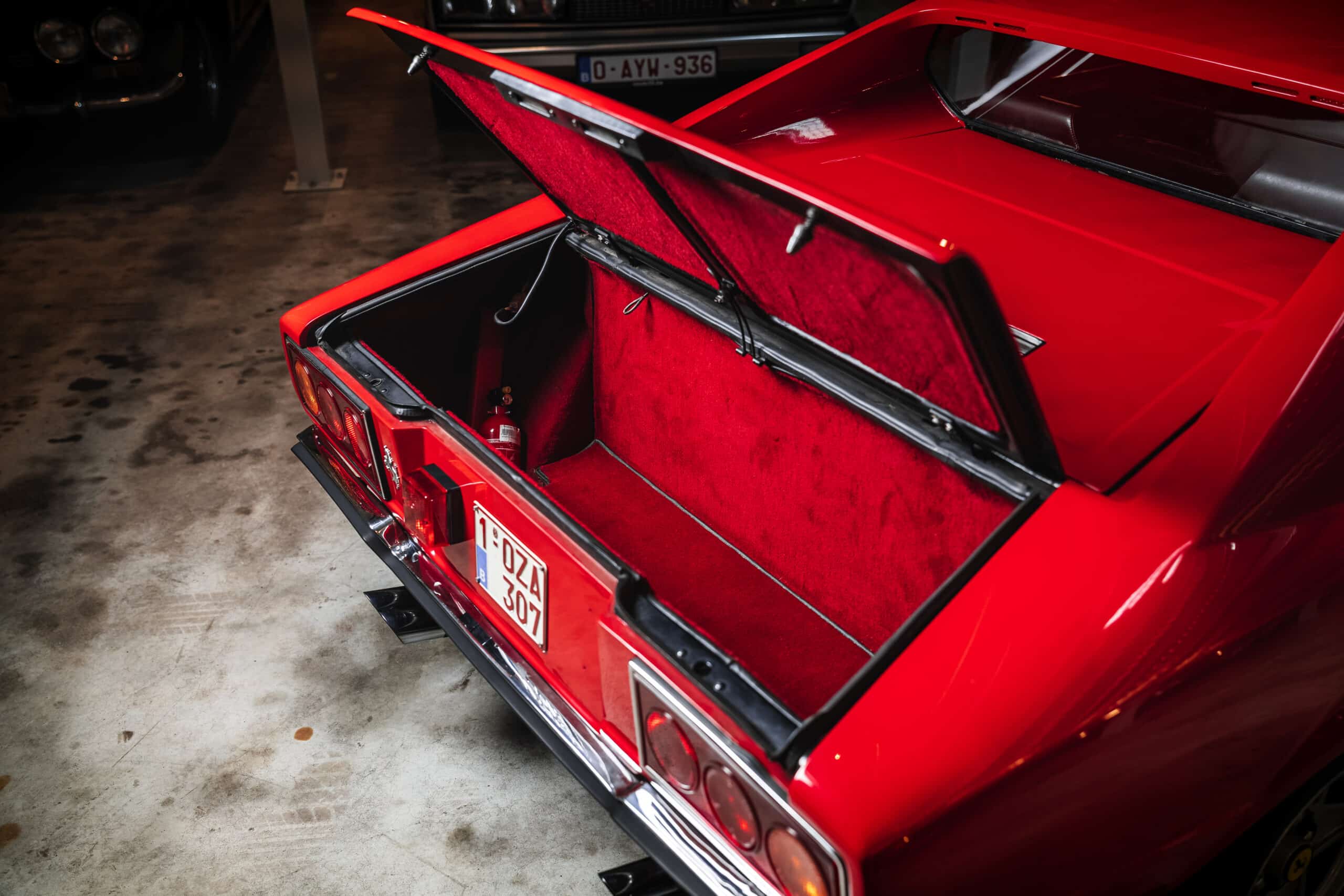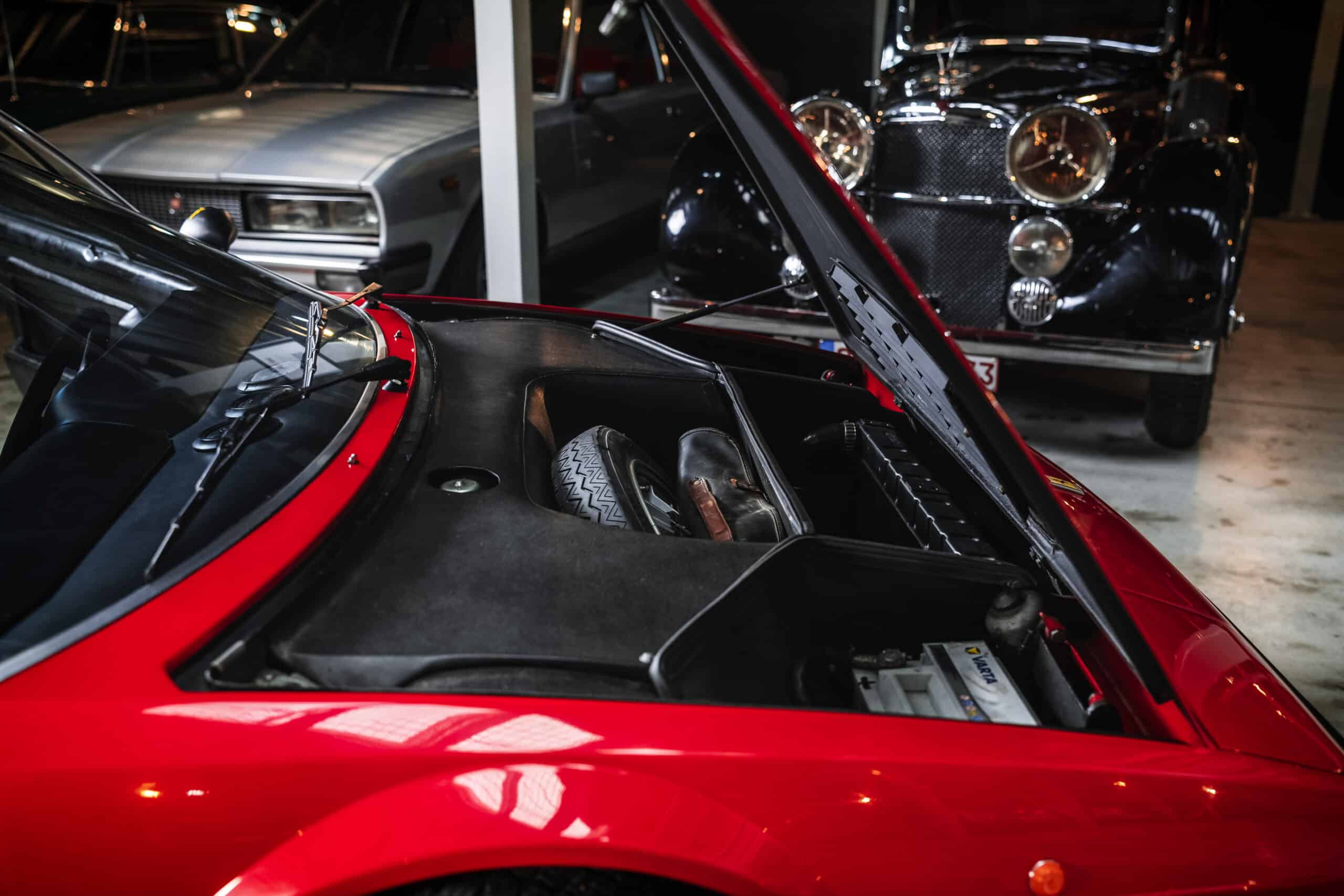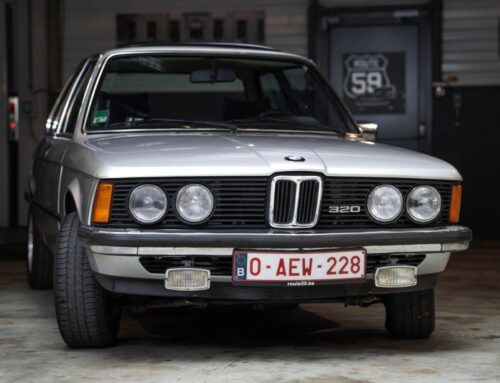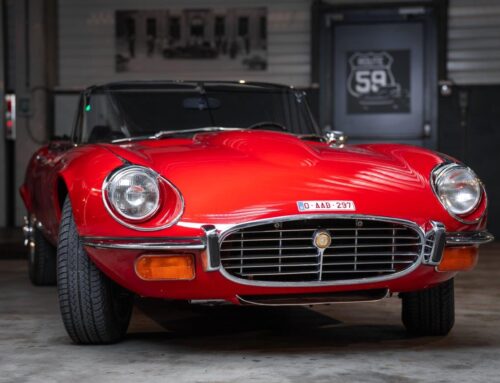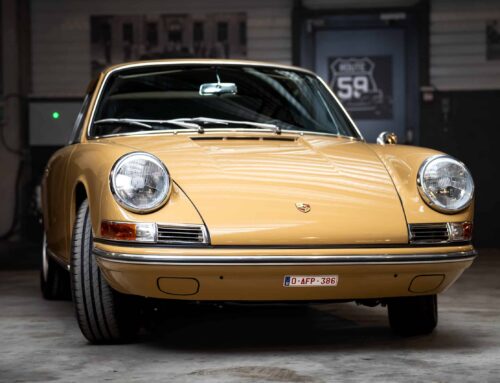Ferrari 308 GT4
| Brand | Ferrari |
| Model | 308 GT4 |
| Color | Red |
| Transmission | Manual 5-speed |
| Pk | 255 ch |
| Year | 1978 |
| Price | Not for sale |
Overshadowed by the 308 GTB and 308 GTS, the 308 GT4 nonetheless attracted new customers to the prancing-horse brand, those who might otherwise have considered the Porsche 911 or Lamborghini Urraco. This under-appreciated classic also marked two firsts for Ferrari: the first V8-powered production car and the first mid-engined car with a 2+2 seating arrangement.
Presented in October 1973 at the Paris Motor Show, the GT4 was initially marketed under the Dino sub-brand, because Ferrari couldn’t imagine a road car with anything other than a V12 under the hood at the time. Ferrari retained the Dino brand until May 1976 for a number of reasons, including consumer preference in the USA.
A market coveted by Enzo Ferrari for many years, the United States has served GT4 well. Elvis Presley, for example, bought a black 1975 model in October 1976. In December 1980, the assembly line came to a halt after building 2,826 examples of the 308. 547 units were equipped with right-hand drive. A further 840 units were equipped with a 2.0L V8, bringing the total number of GT4 models to 3,666.
A completely new design, the GT4’s Dino V8 differs from the previous Dino V6 in that it has two additional cylinders, a larger displacement, and a 90-degree angle between the cylinder banks, compared with 65 degrees previously.
Sometimes referred to as a 3.0-liter engine, although it actually displaces 2,926 cubic centimeters, the GT4’s engine features the same 81 mm bore and 71 mm stroke as the Colombo V12 in the ultra-collectable 365 series.
The transversely-mounted 2.9-liter V8 is mated to a five-speed manual gearbox that drives the rear wheels via a limited-slip differential. Developing 240 hp in the USA and 255 hp in Europe, it is powered by no less than four vertically aspirated carburetors. Other features include two valves per cylinder, two belt-driven overhead camshafts, wet sump lubrication and a pair of Marelli distributors.
Aimed at the Italian market, where large-displacement engines were – and still are – heavily taxed, the 2.0-liter V8 mentioned a few paragraphs earlier made its debut at the 1975 Geneva Motor Show. Reduced to 66.8 millimeters while retaining the 81-millimeter bore of the 2.9-liter engine, the 2.0L variant develops 170 metric horsepower. It also features Weber 34 carburetors instead of Weber 40, narrower tires and a lower final drive ratio.
Designed by Marcello Gandini, the creator of the Lamborghini Urraco, the GT4 is the first Bertone-styled Ferrari since 1953. Founded by Giovanni Bertone in 1912, the Turin-based company was entered for the GT4 because of the Fiat Dino Coupe designed by Giorgetto Giugiaro for Bertone. And let’s not forget that Bertone was at the forefront of the coolest automotive design trend of the 1970s, “wedge” design.
Built around a tubular steel chassis derived from that of the 246, the 308 uses square-tube subframes and a healthy dose of fiberglass. Koni shock absorbers, coil springs, unequal-length wishbones and two anti-roll bars sum up the GT4 series suspension system. The ventilated rotors, dual-circuit braking system and 14-inch wheels with chrome hubs are also present, as are two fuel tanks mounted on the sides of the V8, against the rear bulkhead.
The steel and aluminum bodywork of this sporty four-seater emphasizes the two buttresses that incorporate a pair of boomerang-shaped air intakes. The left intake channels air to the oil cooler, while the right intake feeds the Weber carburetors.
The list of options included air conditioning, metallic paint, satin black for the lower body, sunroof, and the removal of the rear bench seat. Slightly modernized in July 1975 for the 1976 model year, the GT4 was further upgraded in January 1978 with single-distributor electronic ignition. That year, cars destined for the American market were fitted with catalytic converters, which deprived the engine of 35 horsepower.
This example was delivered new to Switzerland in 1978 and was imported to Belgium in 2011 by the current owner. As the latest generation of GT4, it benefits from all the latest technical improvements. Very well maintained, with an extensive history, the 255hp V8 engine works perfectly well.
Work done 2,000 km ago (45,500 km):
– New MAHLE ceramic pistons.
– Honing and readjusting shirts.
– Installation of internal engine lubrication nozzles, for balanced lubrication.
– Crankshaft and camshaft balancing.
– Treatment of camshaft and crankshaft surfaces.
– Grinding of connecting rod + bearing alignment.
– New pads.
– New valves + valve seats.
– New oil pump.
– Water pump.
– Camshaft blockage.
– New belts.
– New spark plugs.
– New clutch.
– New gearbox. + gearbox lubrication pump.
– Cylinder head degassing system.
– New hoses.
The interior and body are in very good original condition.


